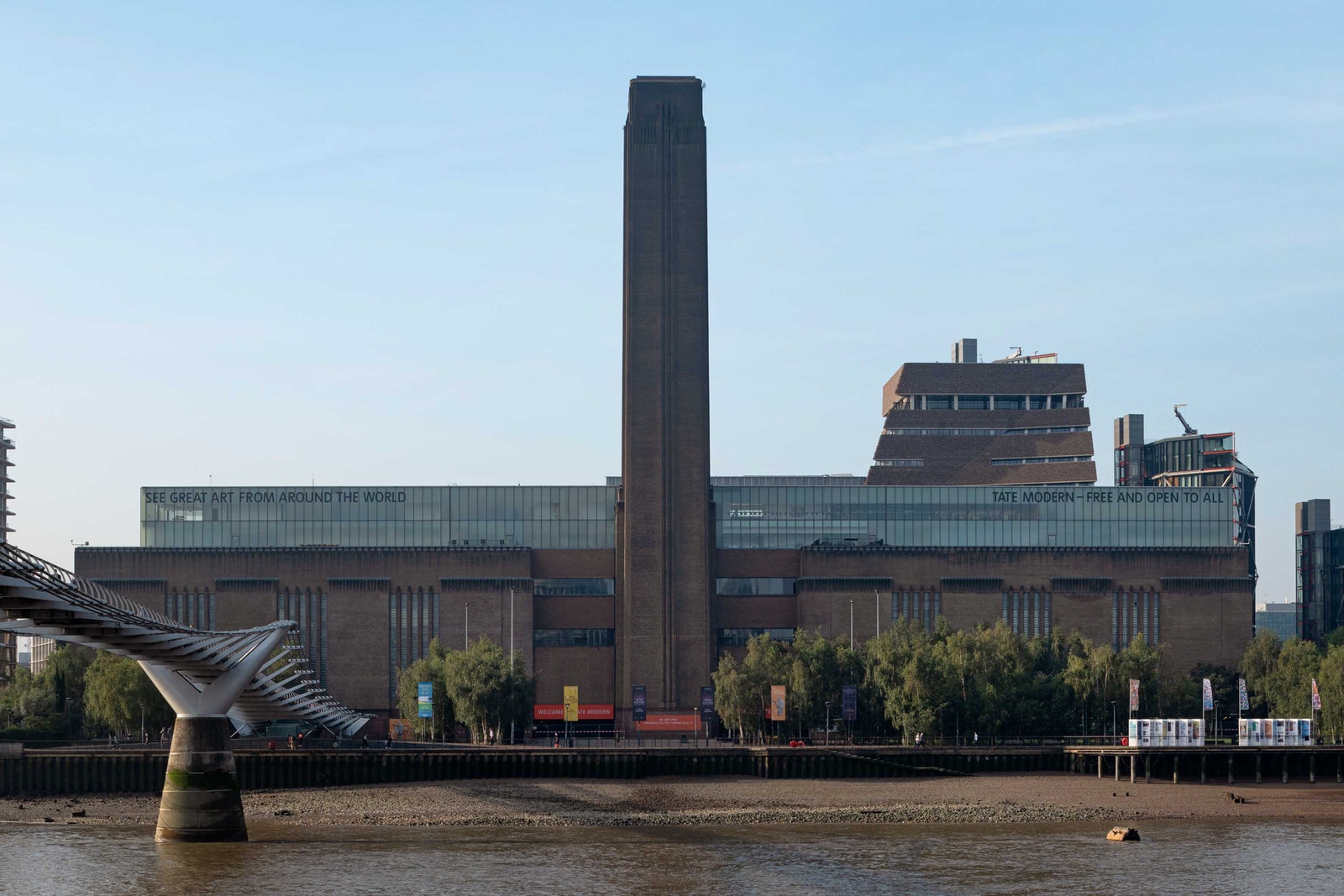Sign up to receive the Vogue Business newsletter for the latest luxury news and insights, plus exclusive membership discounts.
On Monday evening in London, Gucci will show its Cruise 2025 collection at Tate Modern, one of four Tate galleries that collectively house the UK’s national collection of art. It’s part of a wider partnership between the pair, that includes a three-year programme supporting young talent as well as Gucci’s sponsorship of the Tate’s Electric Dreams exhibition later this year.
Gucci’s tie-up with Tate follows the Venice Biennale, drawing sponsorship from luxury fashion brands such as Burberry and Tod’s this year. Art fairs Frieze and Art Basel have also been attracting a growing number of fashion players, keen to forge stronger connections with the art world as a way of proving their cultural cachet and reaching new high-net-worth audiences. The attraction is mutual: Tate has been strengthening its association with the fashion world, hosting the shows of Roksanda, David Koma and Harris Reed during London Fashion Week in February.
As the luxury slowdown continues, brands are leaning even harder into these collaborations in order to reach high-net-worth individuals (HNWIs). There is also a growing appreciation post-pandemic of the need to build engaged communities around fashion brands, and connect with consumers on an emotional level through their interests in art and culture. However, like with any collaboration, experts say authenticity is key.
Luxury brands have long engaged with art and cultural happenings, but the frequency of involvement and the number of partnerships significantly increased after Covid, says Jeff Lindquist, partner of Boston Consulting Group’s (BCG) consumer practice.
London-based designer Rejina Pyo is studying to be a painter and artist alongside running her eponymous fashion brand. She uses her store in the city centre to showcase artworks by emerging artists. “Of course, the relationship between art and fashion is long-standing, but recently — especially post-pandemic — we’ve noticed a significant shift in how we, and other brands, communicate our creative vision and values,” says Pyo. “Traditional fashion shows can sometimes miss the mark, failing to resonate and connect in the ways we want them to, and so meaningful engagement is key for a smaller brand like ours.”
This post was originally published on this site be sure to check out more of their content









